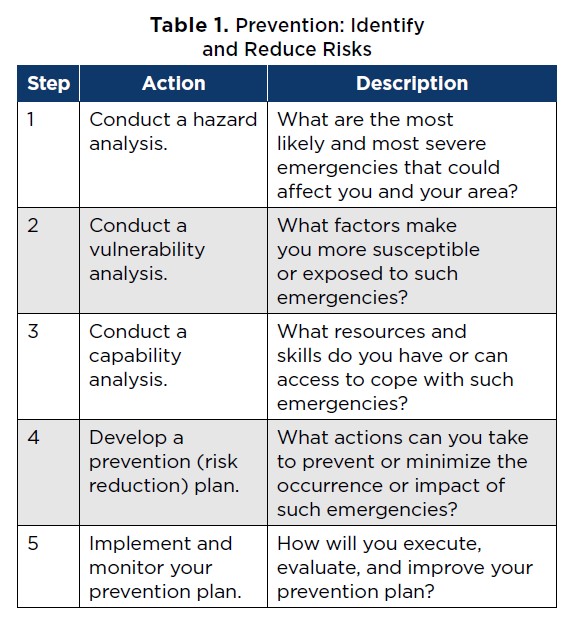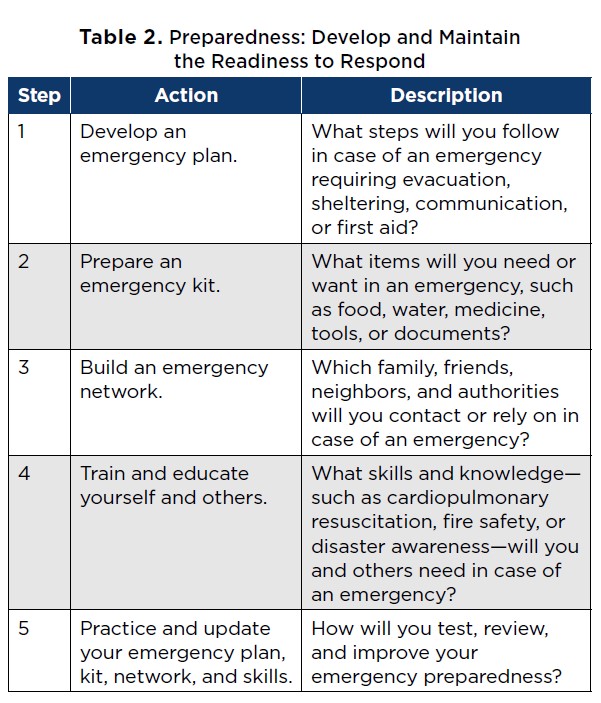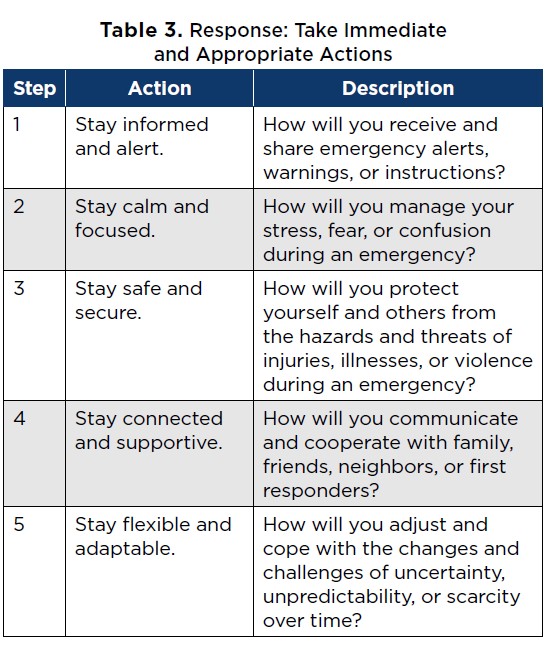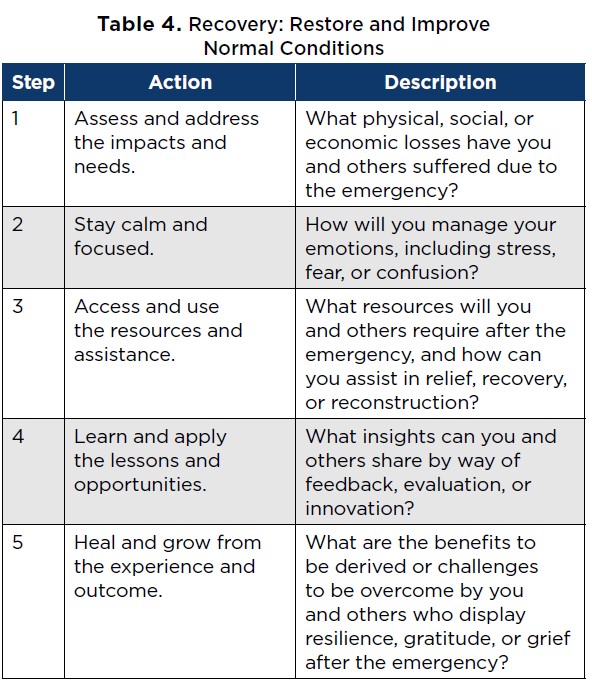But what about the rest of us? How prepared are we for emergencies that could arise anytime, anywhere? Do we have a plan, a kit, or a network of contacts that can help us in case of an emergency? Do we know what to do, where to go, or whom to call if we need to evacuate, shelter in place, or seek medical assistance? Do we have the skills, the knowledge, and the mindset to cope with the unexpected and the unpredictable?
Being prepared for emergencies is a continuous process.
Being prepared for emergencies is not only a duty but also a necessity in today’s world.
The Why
Being prepared for emergencies is not a sign of paranoia but of prudence. Emergencies can occur anytime, anywhere, and to anyone. They can be natural, such as earthquakes, floods, or hurricanes, or man-made, such as protests, riots, or cyberattacks. They can affect a few people in our backyards, or they can affect millions globally. They can be predictable seasonal storms or unpredictable pandemics.
The consequences of emergencies can be devastating, both in physical damage and economic impact but also in the psychological and social issues that can affect the mental and emotional well-being of individuals and communities alike.
Emergencies resulting in injuries, illnesses, deaths, displacements, and trauma would likely disrupt the normal functioning of a school district, as well as that of the greater community. How would a lack of essential services affect your school district?
Being prepared for emergencies can reduce the risks and mitigate the impact, even as it increases resilience along with chances of survival and recovery. Being prepared provides a sense of control, confidence, and peace of mind for families and for entire school districts.
The How
To get you started, I have created four tables that can guide your emergency preparedness strategy. They are based on PromotePrevent.org’s four phases of emergency management: prevention, preparedness, response, and recovery. The strategies also follow the principles of the SMART framework: Specific, Measurable, Achievable, Relevant, and Time-bound.
You can adapt the tables’ actions to your specific needs, preferences, and circumstances.
Conclusion
Being prepared for emergencies is not a one-time event; it is a continuous process that requires consistent thought, direct and specific planning, and practice.
People don’t want to talk about what-ifs related to potential emergencies, tragedies, and disasters. It is our responsibility, though, to get people to talk about emergencies before they happen; how we handle upheaval is not a matter of luck but of skill.
It cannot be a matter of fate but must be a matter of choice. Let us be prepared, not scared. Let us be proactive, not reactive. Let us be ready, not sorry.



